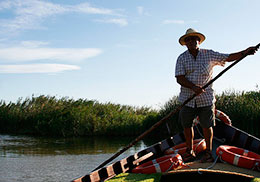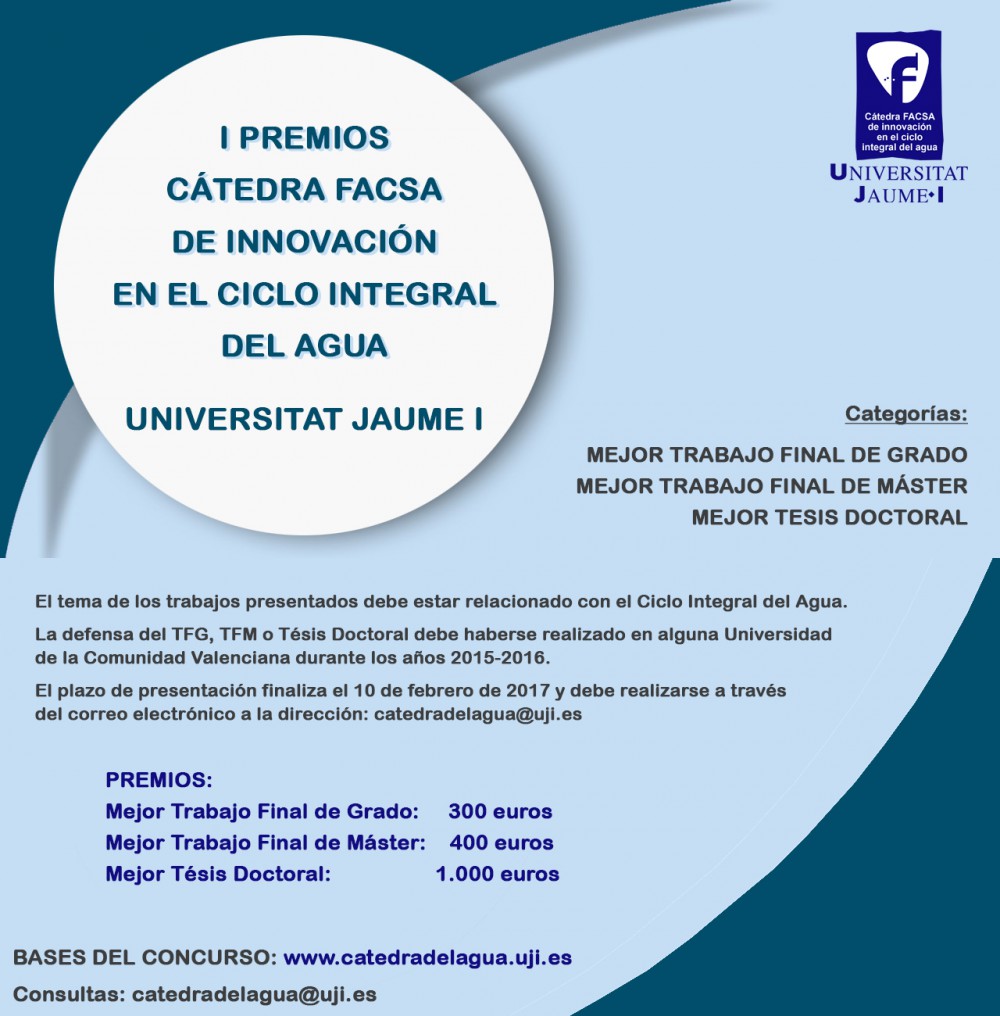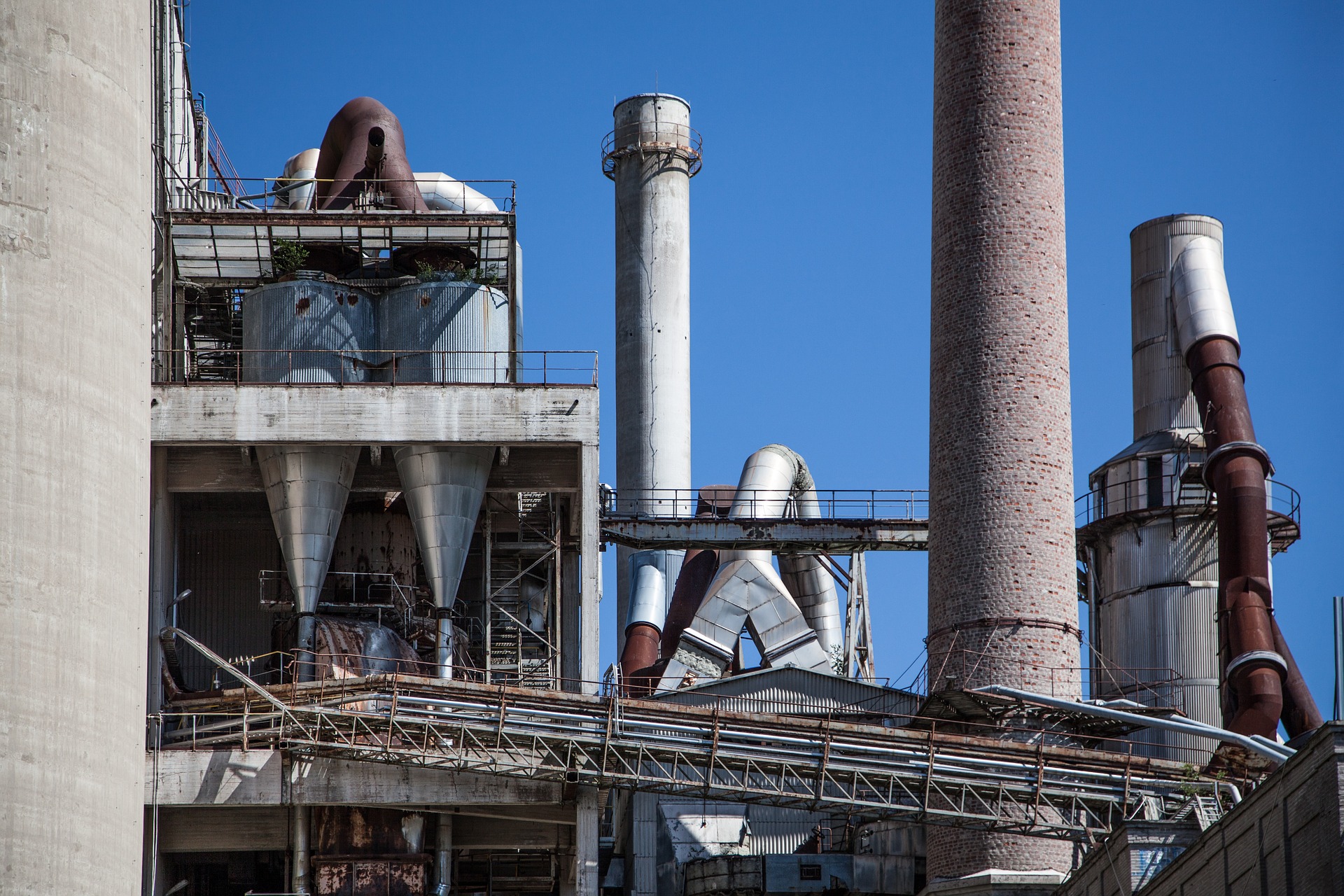
The Albufera of Valencia, for over half a century, has been suffering the consequences of industrial discharges, urban or farming , which has created a crisis in its sustainability and environmental status.
6 may 2016
Water samples, collected in Tancat de la Pipa, have been examinated between year 2009 and 2012, with the aim of developping a sustainable model to work with. At first, the installation of purification systems seemed to ease the pollution of la Albufera, but the presence of microalgae demonstrates situation is still precarious. Due to this, we are working to improve the quality of the water. Regarding to this issue, the Doctoral Thesis of Sara Gargallo, researcher of IIAMA-UPV, is framed. This investigation uses a mathematic model that is trying to clearify how to follow the steps of the Tancat wetland in order to apply them in a sustainability way, thanks to a mathematical formula.
The developed model is based on a phosphorus removal, coming from eutrophicated waters. This omission of suspended particles and phosphorus, as well as the reduction of phytoplankton -the algaes responsible for the greenish colour of the water, would be a qualitative leap in the search for eco-sustainability of the area. “The developed model allows to clarify the physical-chemical and biological functioning of the artificial wetland, so it is a useful management tool in order to maximize the removal in future scenarios”, explains Gargallo.
Through this methodology what is intended is to reproduce the conditions of wetland. For this, parameters such as treated water flow has been valued, as well as bird existence that could resuspend sediments. In fact, it has been proved that aspects such as wind speed or vegetation cover, are key factors to relocate sediments, and, thus, efficiency of phosphorus and solid removal. “Through the mathematical model, it is shown that a good vegetation cover, inside the own Tancat, helps the removal because it prevents sediment resuspension with the wind, birds and fishes”, explains Gargallo.
Similarly, such study can be extended to the rest of wetlands that share Tancat de la Pipa objectives: nutrient removal from eutrophicated water bodies.
Tancat de la Pipa, wetland artificial model
Tancat de la Pipa was built in 2008, after the transformation of old rice fields in artificial wetland. Space managed by Acció Ecologista Agró y SEO-Birdlife, through a territorial custody agreement with Confederación Hidrográfica del Júcar(Jucar Hydrographical Confederation). Its aim is to restore the quality of this space, of hardly 40 hectares, and the attraction of a wide bio wildlife. Other similar recovery project are applied in Tancat de Milia y el de l´Illa, located in the municipal regions of Sollana and Sueca, respectively.










